Gerrit Dou, whose birthplace was the vibrant city of Leiden, found in it an environment that enriched his artistic journey during the seventeenth century. Leiden, strategically located between The Hague and Amsterdam, was a bustling hub of culture, intellect, and commerce, making it a remarkable center of activity for much of Europe in that era. The city boasted a thriving textile industry and was home to the first Protestant university in the Netherlands, further enhancing its significance.
Born to Douwe Jansz, a skilled craftsman who owned a successful glass engraving workshop in Leiden, Gerrit Dou's artistic pursuits were influenced by his upbringing. He embarked on his journey by studying the craft under the guidance of a prominent glassmaker, honing his ability to discern intricate details, a trait that would later define his distinctive painting style.
Around the years 1627-1628, Gerrit Dou became a student in the workshop of the renowned artist Rembrandt. Likely, he agreed to pay for his tuition and materials in exchange for this opportunity. Under Rembrandt's tutelage, Dou assimilated many aspects of his mentor's early subjects, such as the dramatic interplay of light and shadow, a fascination with self-portraiture, and a meticulous approach to texture.
When Rembrandt departed for Amsterdam in 1631, Dou chose to remain in Leiden, steadfastly working on perfecting his own unique style. His dedication and talent soon attracted the attention of a notable patron, Pieter Spiering, who represented Queen Christina of Sweden. In recognition of Dou's exceptional skills, Spiering offered him a generous annual stipend for his artistic endeavors.
In 1641, Gerrit Dou earned acclaim as an exemplary painter, and in 1648, he became a founding member of the Leiden painters' guild. His reputation transcended borders, with his works being collected by esteemed patrons like Archduke Leopold Wilhelm, Cosimo III de Medici, and other distinguished figures throughout Europe. Notably, some of Dou's paintings were included in the gift presented by the States General of The Netherlands to Charles II of England upon his restoration to the British throne in 1660.
Jan de Bye, another of Dou's patrons, organized an exhibition in 1665 featuring twenty-seven paintings by the artist, further elevating his prominence in the art world. Dou was not only an accomplished painter but also a revered teacher. He assumed the role of the head of the Leiden fine painters (fijnschilders) and imparted his knowledge to several notable pupils, including Gabriel Metsu (1629-1667) and Frans van Mieris the Elder (1635-1681).
Throughout his life, Gerrit Dou remained unmarried and was known for his obsessive attention to detail and meticulous nature. He passed away in Leiden in 1675 and was laid to rest in the St. Pieters Kerk on February 9th of the same year. His legacy endures through his timeless artworks, his influence on students, and his lasting impact on the art world.













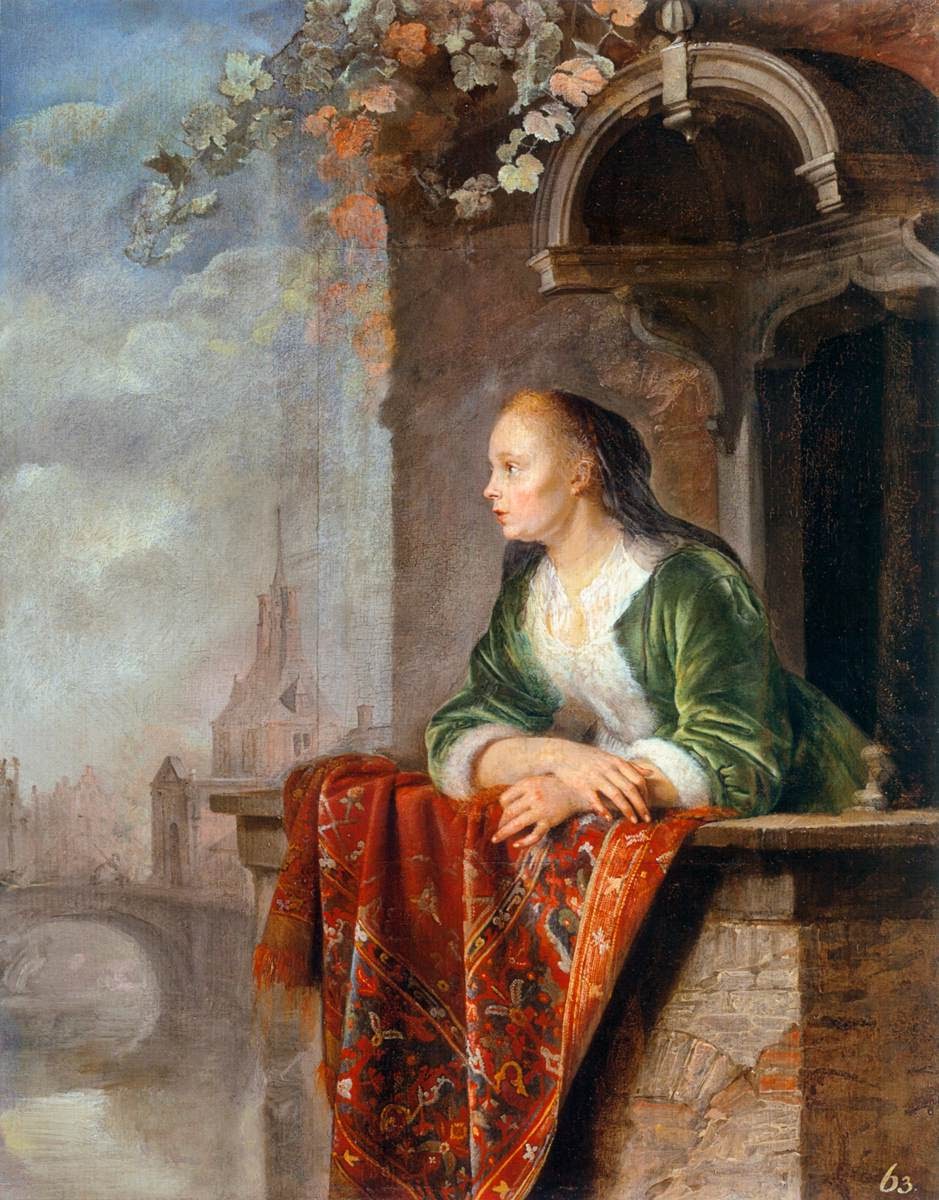


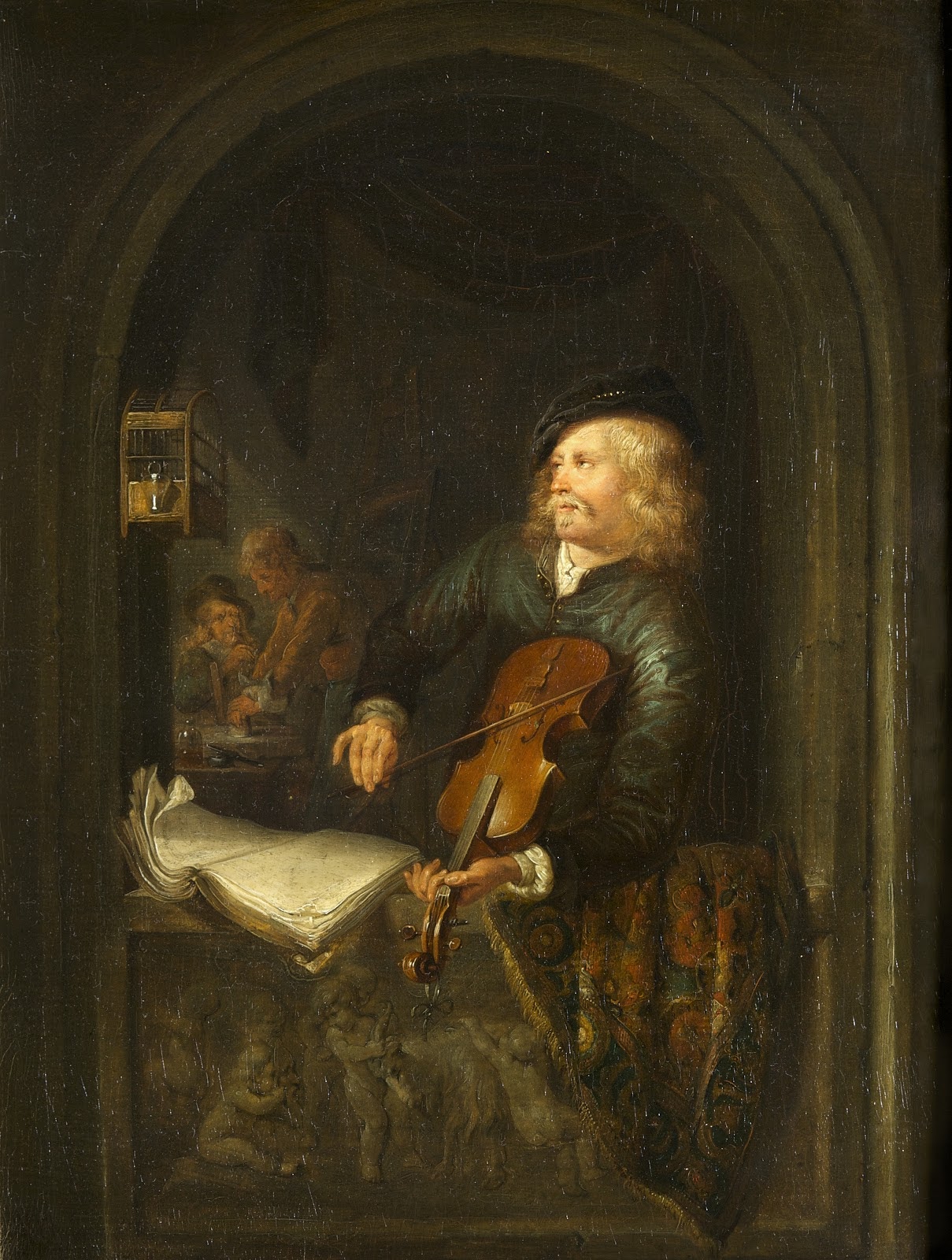
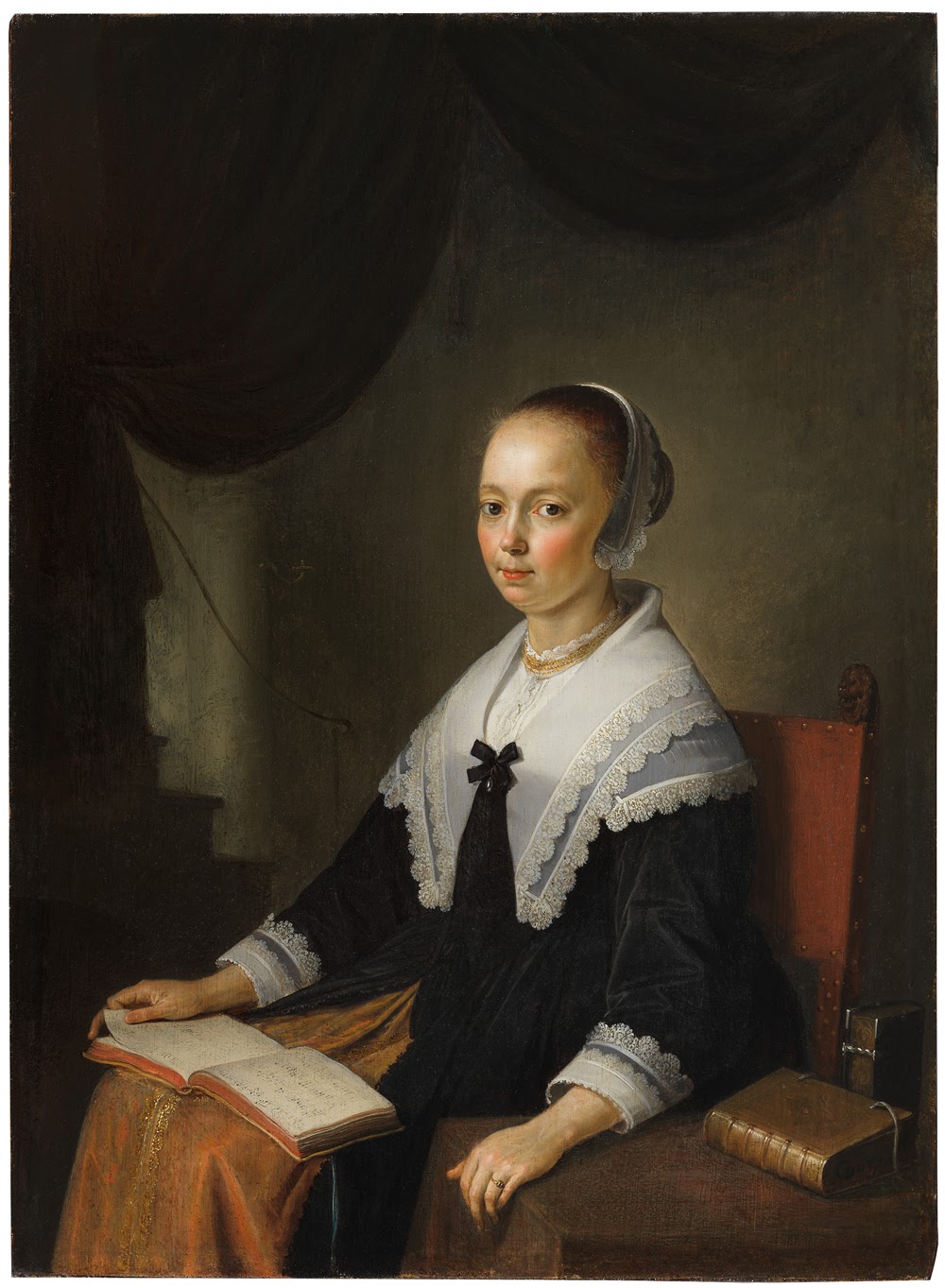







%20c.%201630%20(2).jpg)
%20c.%201630%20(1).jpg)
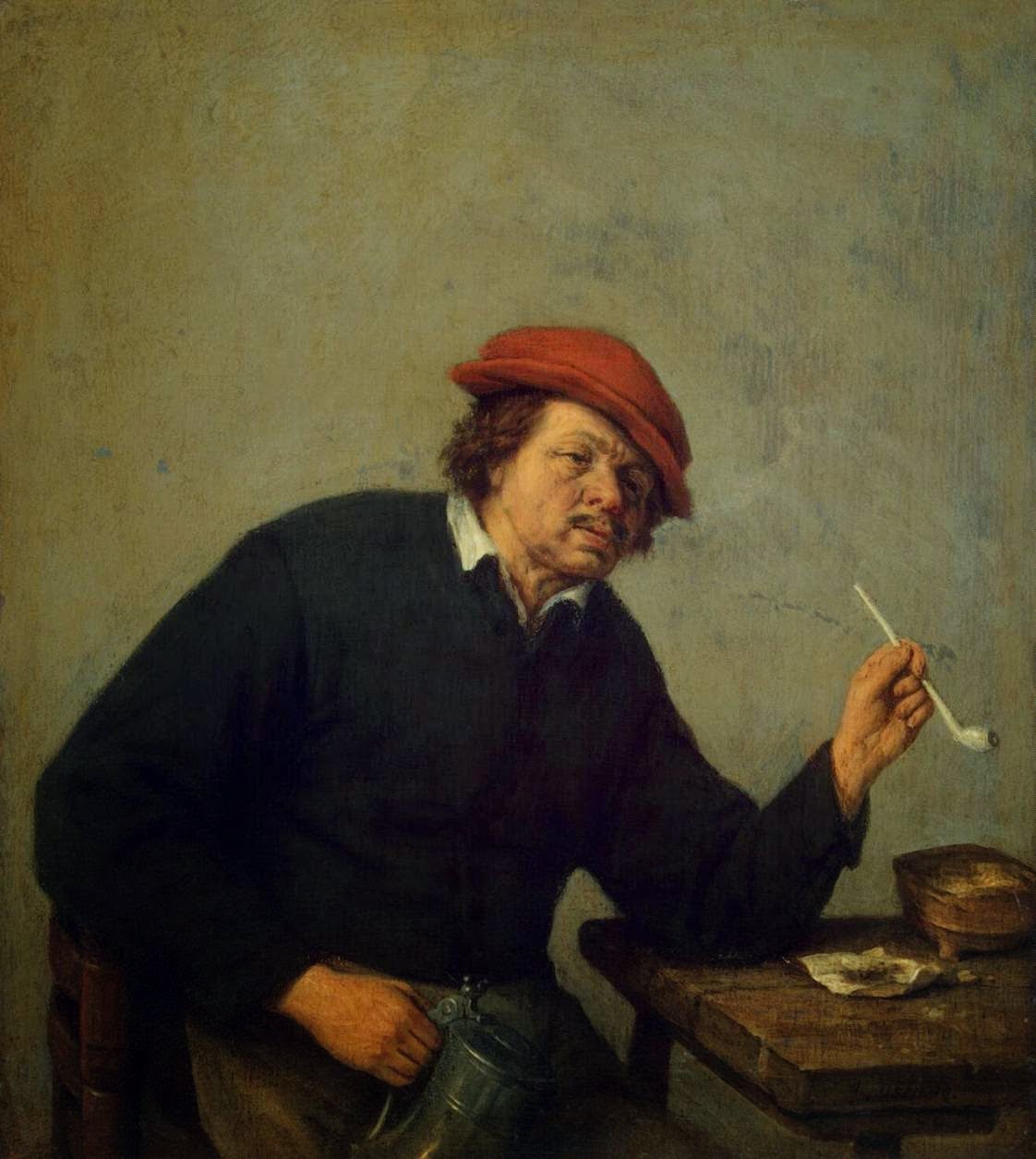



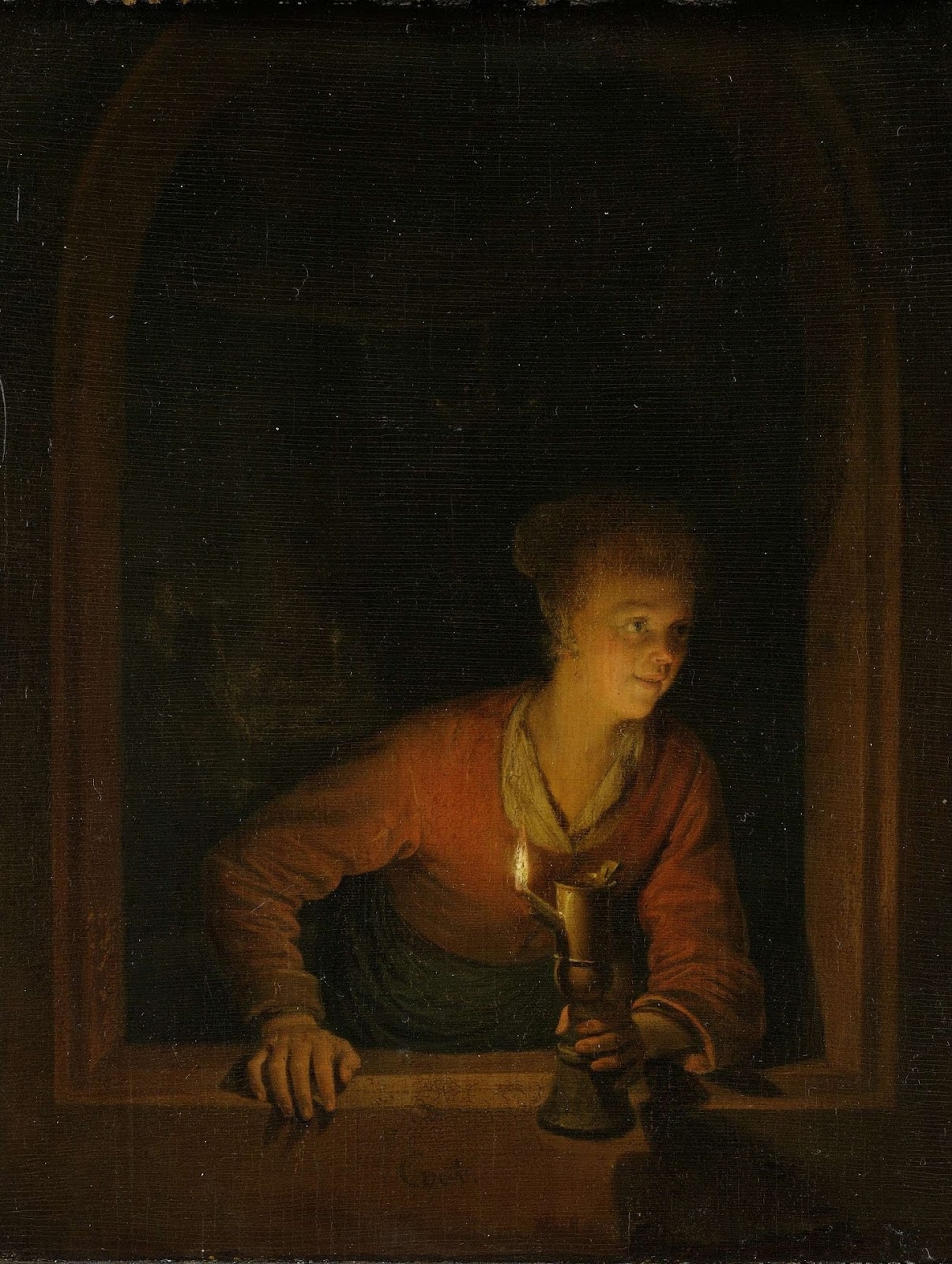

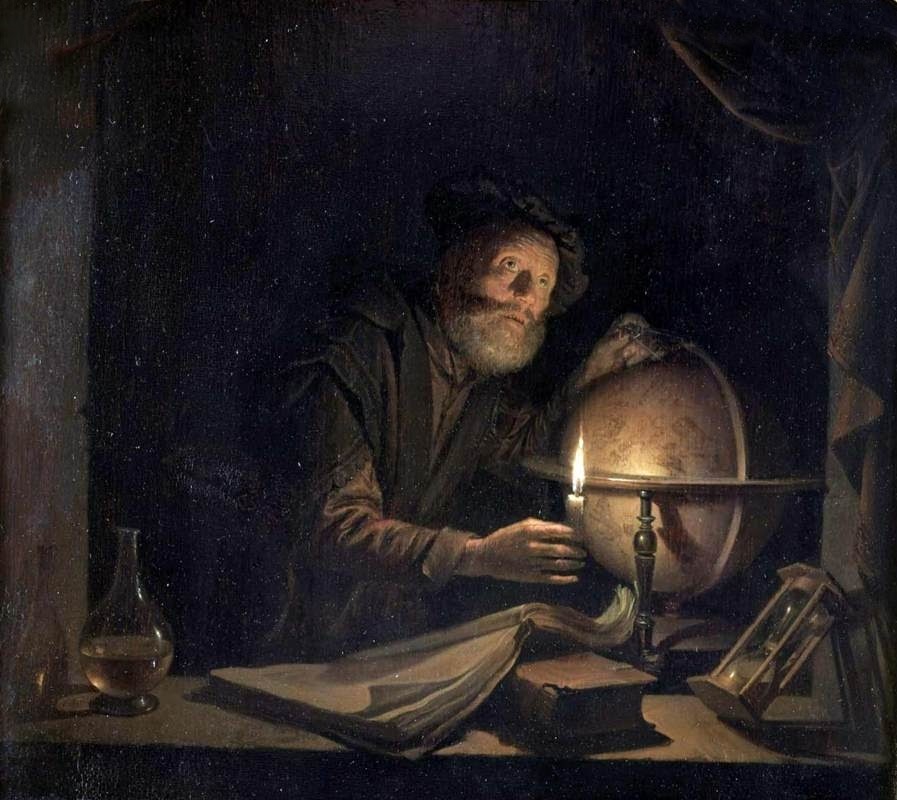
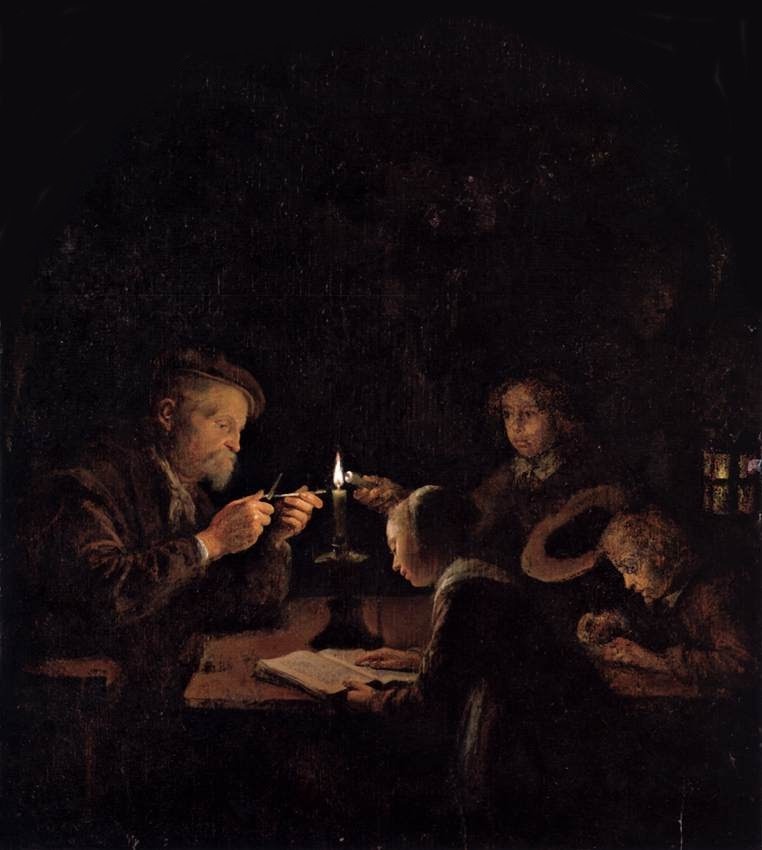






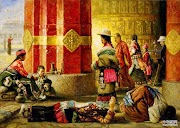
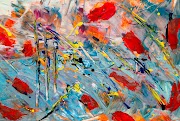











1 Comments
Such beautiful paintings. The dark mood is really intense.
ReplyDelete